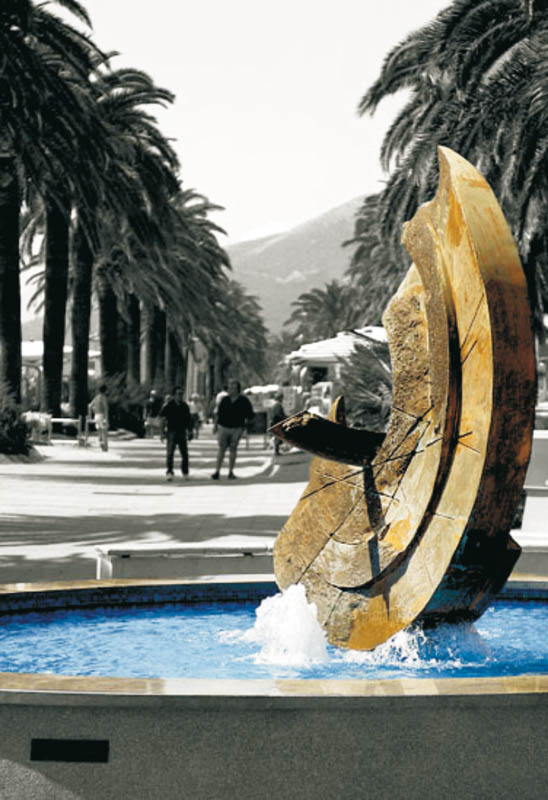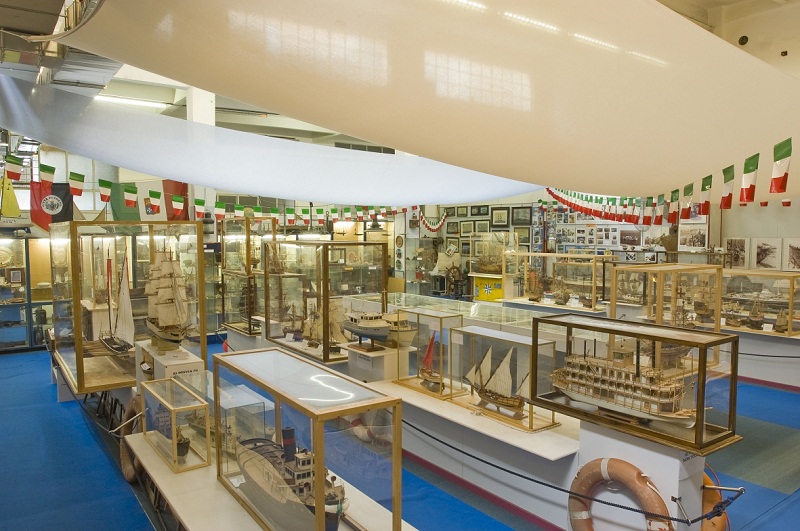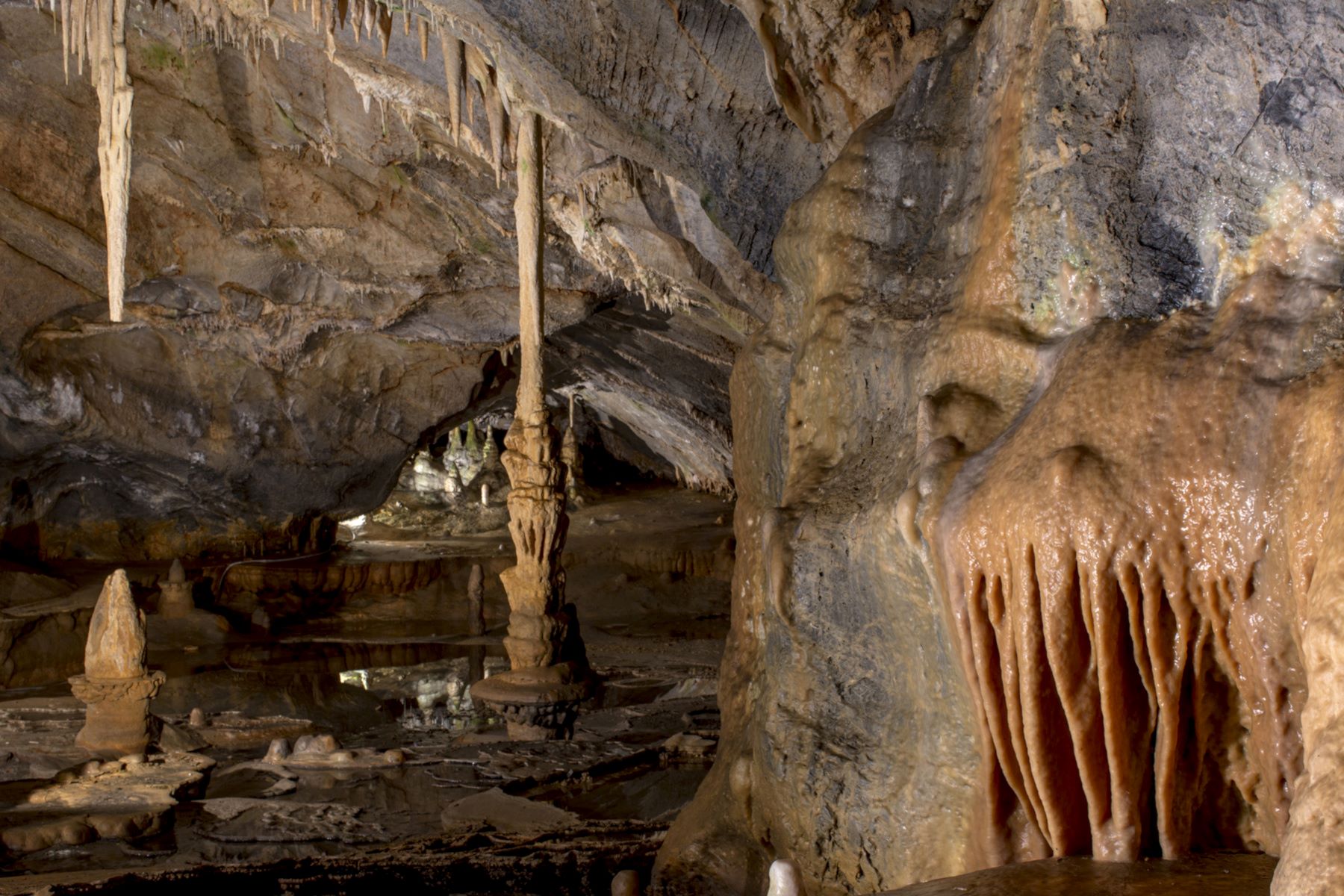N.S. SS Rosary Oratory
Next to the Church of St. John the Baptist stands the Oratory of Our Lady Most Holy of the Rosary, or of the Turchine Hoods. Built in 1661 on the site of Loano's second parish church, demolished because it was unsafe, it still preserves the Lower part of the original bell tower. The interior, with a single nave and smaller in size than the previous church, is an elegant example of Ligurian baroque: rich in gilding, frescoes on the vault and precious furnishings, including the high altarpiece, attributed to Baciccio, depicting the Virgin of the Rosary with St. Catherine of Siena and St. Dominic. In the apse, decorated with gilded stucco, are two small paintings of the Virgin and St. Elizabeth, while large crucifixes and carved wooden lanterns stand out along the pews.
The fraternity every year on July 2 celebrates the Feast of the Visitation, also known as the Feast of the Sea. On this occasion Olivari's grandiose sculptural group depicting Our Lady of the Visitation is carried in procession to the sea, where it traditionally makes three solemn bows repeated twice before the waves.
























